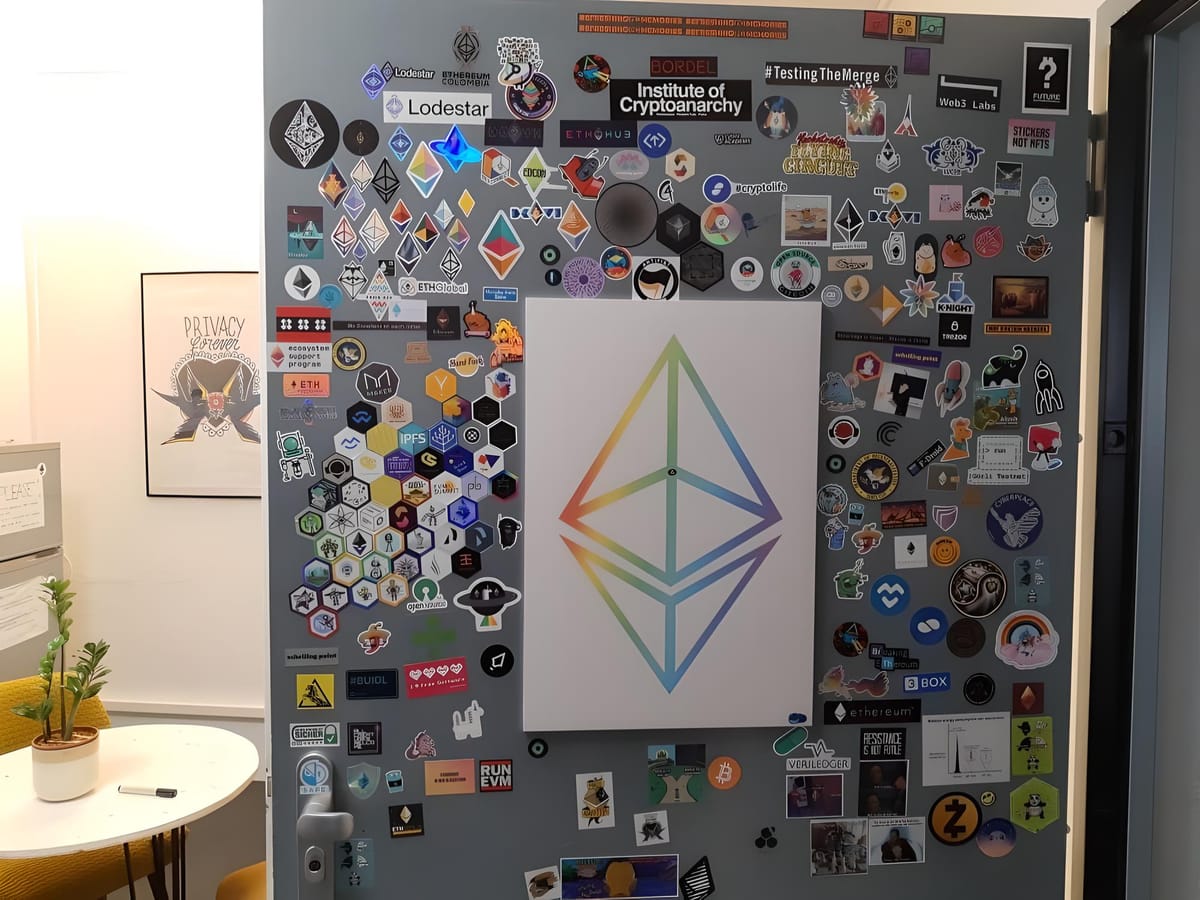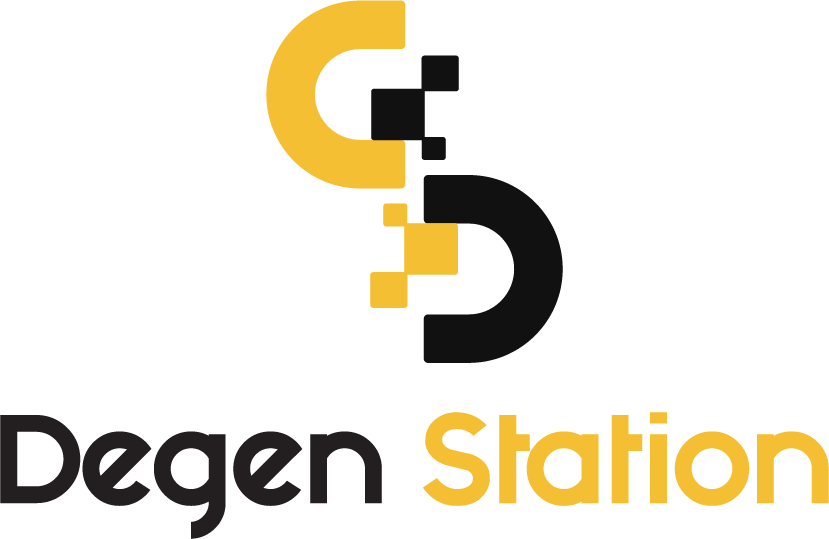Upcoming Ethereum Upgrades Shaping the Future

Upcoming Ethereum Upgrades Shaping the Future
The Shanghai upgrade is on the horizon, with one of its most anticipated features being the ability for ETH stakers from 2020 to withdraw their funds. Here’s a rundown for those overwhelmed by the information from recent events and the latest tech upgrades for Ethereum.

Ethereum's Development Roadmap
Following The Merge, Ethereum’s founder updated the project's development roadmap in November 2022. The roadmap includes five parallel phases:
- The Surge: Implement EIP-4844 (Danksharding) to lower layer-2 fees, integrate zkEVM and rollup scaling solutions, with a goal to boost transaction speeds to 100,000 tps. This phase targets general Ethereum users.
- The Scourge: Ensure fairness in validator transaction selection and address MEV (Miner Extractable Value) issues. This phase also targets general Ethereum users.
- The Verge: Build Merkle trees to minimize data storage required for transaction verification, using SNARK technology. This phase focuses on Ethereum validators.
- The Purge: Simplify Ethereum’s technical aspects by removing obsolete historical data via EIP-4444. This phase is aimed at Ethereum developers.
- The Splurge: A series of upgrades to ensure smooth operation of Ethereum post-implementation of the previous phases, completing EIP-1559.
Shanghai and the Latest Updates
Overview of Shanghai
Shanghai, or more precisely “Shapella,” is the next upgrade following The Merge, which transitioned Ethereum from Proof-of-Work (PoW) to Proof-of-Stake (PoS).
A significant proposal in the Shanghai hard fork is EIP-4895, which will unlock a substantial amount of ETH that has been staked for Ethereum 2.0 as part of The Merge.
Before becoming PoS validators, stakers agreed that their ETH and transaction validation rewards would be locked until Shanghai. In reality, the Ethereum 2.0 staking contract has been open since December 2020, meaning these funds have been locked for nearly 3 years.
Additionally, the Shanghai hard fork will include the EVM Object Format (EOF) proposals—EIP-3540, EIP-3670, EIP-4200, EIP-4750, and EIP-5450—to enhance the Ethereum Virtual Machine (EVM). Readers can delve deeper into these proposals through the following article.
- Read More: Ethereum Adds 8 Proposals for Shanghai Upgrade
Current Staking Assets on Ethereum
As of writing, there are 17 million ETH staked, worth approximately $28 billion at a price of $1,649. This staking volume has steadily increased since Ethereum opened the staking contract for The Merge in December 2020.
Therefore, ETH's price may be impacted if stakers decide to cash out after 3 years. Investors should exercise caution during this sensitive period.

Ethereum 2.0 Staking Lockup Statistics. Source: Beaconcha.in
Shanghai Schedule
Shanghai is expected to take approximately 6-12 months from The Merge to stabilize the network. Ethereum developers estimate the upgrade could be deployed by the end of March 2023.
However, Shanghai might face delays similar to The Merge. If Ethereum conducts test runs every 3 weeks, as seen with the Sepolia and Zhejiang testnets, the final testnet on Goerli could occur around March 20. Consequently, the Shanghai hard fork might be pushed to mid-April.
EIP-4844 and Proto-Danksharding
Following Shanghai, the development team plans another hard fork in fall 2023 to implement the critical proposal EIP-4844, which will activate proto-danksharding to boost processing throughput and reduce transaction fees on Ethereum’s rollup Layer-2 solutions.
Thus, 2023 will mark two crucial upgrades for Ethereum. Previously, in September 2022, the chain’s transition known as The Merge received widespread praise for its successful implementation of anticipated changes.
Layer-2 Solutions for Ethereum’s “Scalability” Issues
Ethereum’s perennial issues with slow transaction speeds and high gas fees have spurred the creation of Layer-2 solutions. Among these, Optimistic Rollups and zk-Rollups are prominent. Here are the latest updates on these solutions:
Optimism’s Bedrock Upgrade
Optimism is a scaling solution that maintains Ethereum’s security while reducing transaction fees and ensuring smooth compatibility with the Ethereum Virtual Machine (EVM).
- Read More: Tokenomics Research #8: Optimism (OP) – Short-Term Positive, Long-Term Needs More
The upcoming “Bedrock” upgrade is expected to give Optimism a competitive edge against its main rival, Arbitrum. Bedrock aims to:
- Reduce the time to transfer assets from Ethereum to Optimism by up to 4 times.
- Lower data transfer costs to Ethereum by up to 20%.
- Minimize differences with Ethereum’s Geth client to 500 lines of code, enhancing synchronization.
- Implement EIP-1559 for gas fee updates.
- Prepare the ground for other data proof solutions like zk-Rollups.
Initially scheduled for March 15, 2023, Bedrock has been delayed to April 5, 2023, due to system errors discovered by developers.
Update for the Collective: We have rescheduled the Bedrock upgrade vote to Cycle 11 (March 2 - April 5) to resolve bugs uncovered by vigilant community members as part of the Bedrock bug bounty contest.
— Optimism (@Optimism) February 17, 2023
The upgrade has attracted significant attention due to its superior features. The OP token surged nearly 30% to set a new ATH at $2.9 immediately after the announcement.
zk-Rollups Acceleration
From a tech perspective, Zero-Knowledge Rollups (zk-Rollups) provide significant privacy for transactions, allowing anonymous transactions to a certain extent.
Ethereum’s founder, Vitalik Buterin, has called zk-Rollups a “game-changer” and highlighted them as a promising long-term solution for blockchains.
Roses are red 🌹
— Polygon | Aggregated (@0xPolygon) February 14, 2023
Violets are blue
Poems are hard 😩
Mainnet Beta is here
ON MARCH 27, Polygon #zkEVM launches the future of Ethereum scaling
🚢💜🚢💜https://t.co/OqSOYTn8Uv pic.twitter.com/kpXavea3ff
Polygon has been using its own zk-Rollups technology for some time and recently announced the beta launch of Polygon zkEVM on March 27, 2023.
Matter Labs has also rebranded its open-source zk-Rollups from zkSync 2.0 to zkSync Era but has not specified when the full network will be live.
Earlier this week, Scroll, another Ethereum Layer-2, announced that zkEVM is being tested on the Goerli testnet.
Other entities developing zkEVM Layer-2 solutions include ConsenSys (the company behind MetaMask) and StarkNet, a blockchain network being built by StarkWare, with no set date for deployment to Ethereum’s mainnet.





